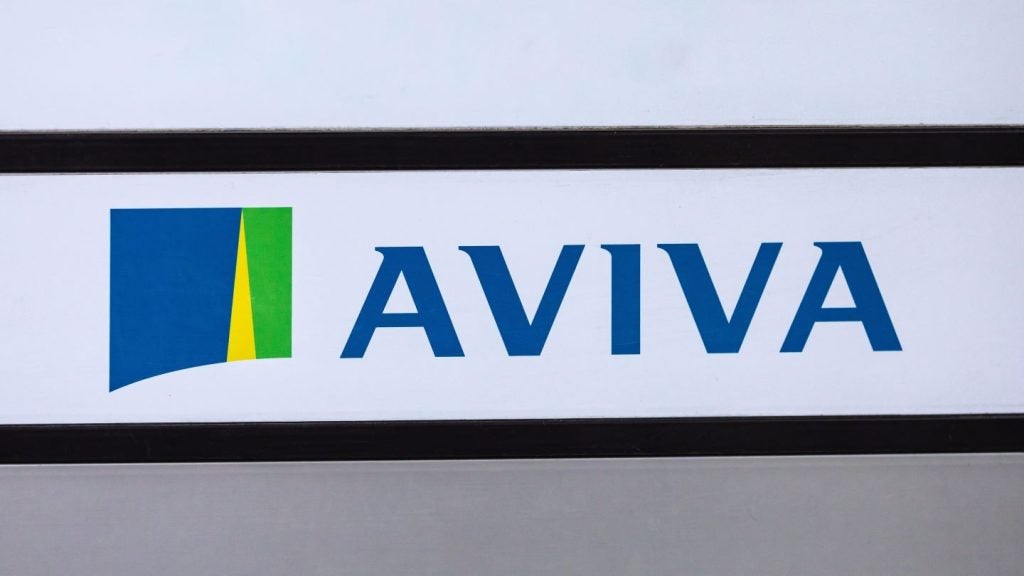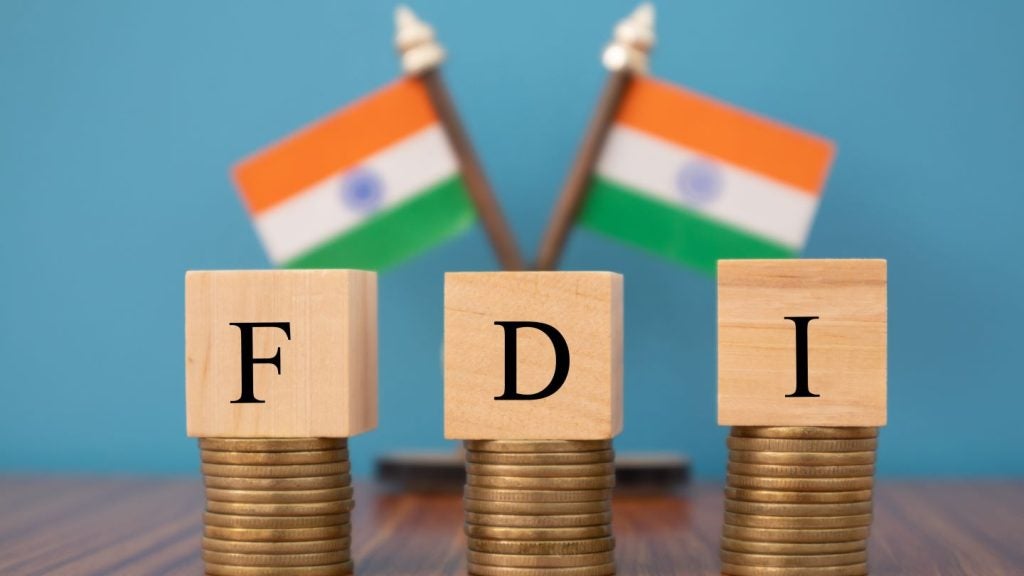investment management industry has an estimated $3 trillion in
assets under management. A significant market, yet one in which
institutions do not have access to the level of asset management
service and investment expertise enjoyed by institutions in the US,
Europe and Japan, indicates a study by research and consulting firm
Greenwich Associates.
Greenwich drew its conclusion from interviews with nearly 80 of the
largest institutional investors in 11 Asian countries as part of
its annual survey of insurers, pension funds, banks and other
institutions relating to their choice of investment managers.

Access deeper industry intelligence
Experience unmatched clarity with a single platform that combines unique data, AI, and human expertise.
Greenwich’s research revealed that institutions in the 11 Asian
countries are about twice as likely as institutions in other
markets to say they would like more frequent personal contact with
their investment managers and more than three times as likely to
say they would prefer more personal contact with these firms’
portfolio managers.
In addition, institutions in markets like Europe are more than
twice as likely as Asian institutions to say that their asset
managers provide particularly insightful ideas beyond their
specific investment mandates.
Market size plays a key role in servicing levels, stressed
Greenwich.
“Although Asia is growing rapidly as an institutional market, at
present it cannot compare to the sheer size of the institutional
asset bases in Japan, Europe and the US,” explained Greenwich
Associates consultant Markus Ohlig.

US Tariffs are shifting - will you react or anticipate?
Don’t let policy changes catch you off guard. Stay proactive with real-time data and expert analysis.
By GlobalDataAccording to Greenwich, Asian institutions allocate about $1
trillion in total to external investment managers compared with
about $1.7 trillion allocated to external managers by institutions
in the UK, $3.8 trillion in Japan and $7.8 trillion in the
US.
Ohlig continued: “In addition this comparatively modest
institutional asset base is spread among nearly a dozen countries
across an immense geographic region, which makes the economics of
providing broad and intensive coverage quite unfavourable for asset
management organisations.”
On this point, Greenwich consultant Abhi Shroff added: “Asian
institutions’ dissatisfaction with the amount of personal attention
they receive from their asset managers is a clear reflection of the
coverage models used by investment management firms in the
region.”
He explained that many Asian institutions are covered by service
professionals located in Hong Kong and Singapore while most
portfolio managers running investment strategies that are not Asia
specific are located in Europe and the US.
Greenwich believes Asian institutions cannot expect improved
service levels any time soon.
This is because, with a few exceptions, Asia lacks fund managers
able to compete with western managers in asset classes requiring
international investment skills and world-class capabilities.
Notably, local Asian investment manager’s account for only 2
percent of the international fixed-income mandates awarded by Asian
institutions and 7 percent of the international equity
mandates.
However, while dissatisfaction with asset manager service can be
viewed as a feature of a developing and geographically diverse
market, they are beginning to have a potentially serious secondary
effect, warned Greenwich. Specifically, Asian institutions are
less-than-confident in their managers’ ability to deliver strong
investment performance.
“It is here that the consequences of the existing service coverage
shortfalls become clear,” said Ohlig.
“When compared to institutions in Europe, Japan and North America,
Asian institutions have much less confidence in their managers’
ability to deliver in the future.”







